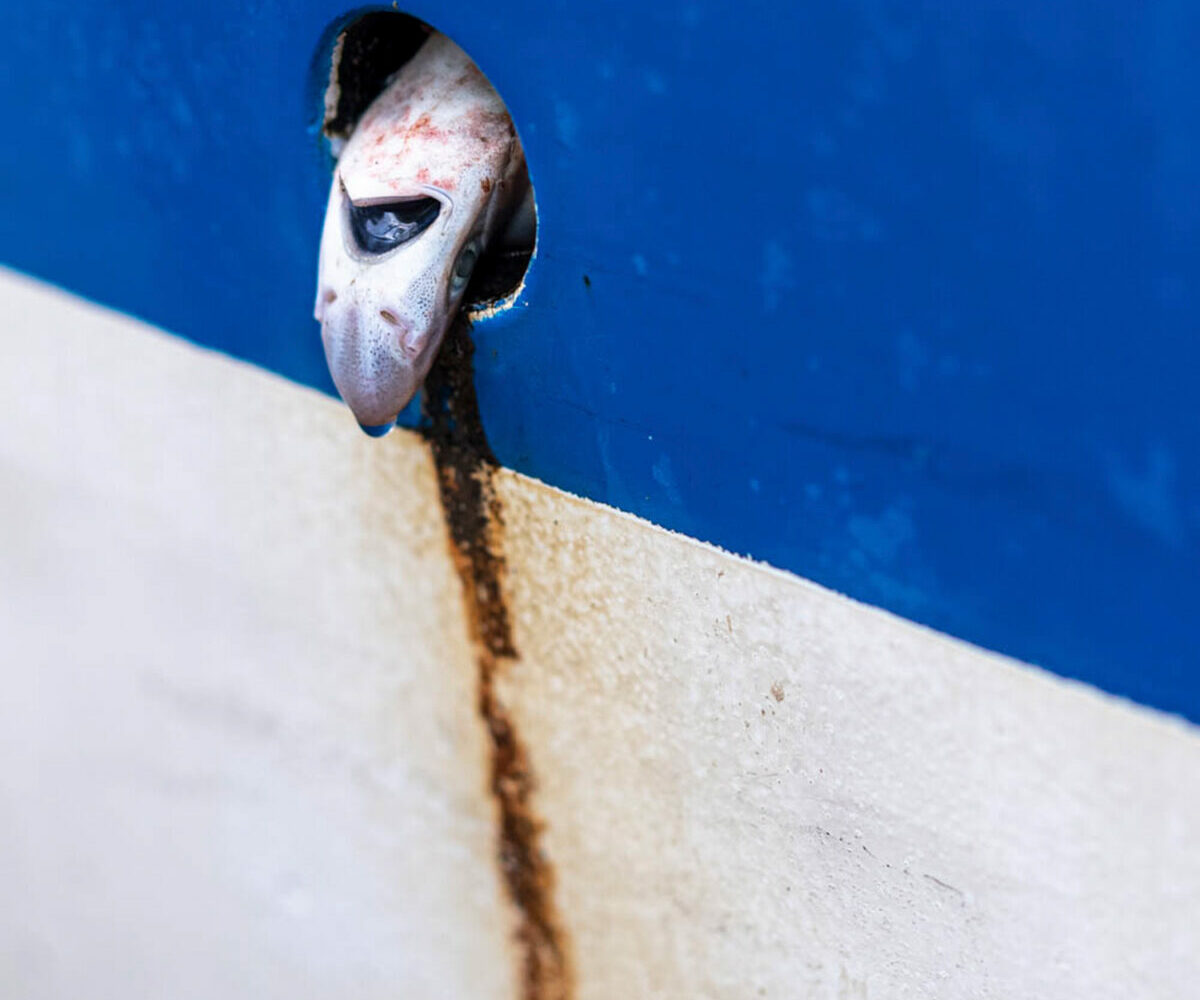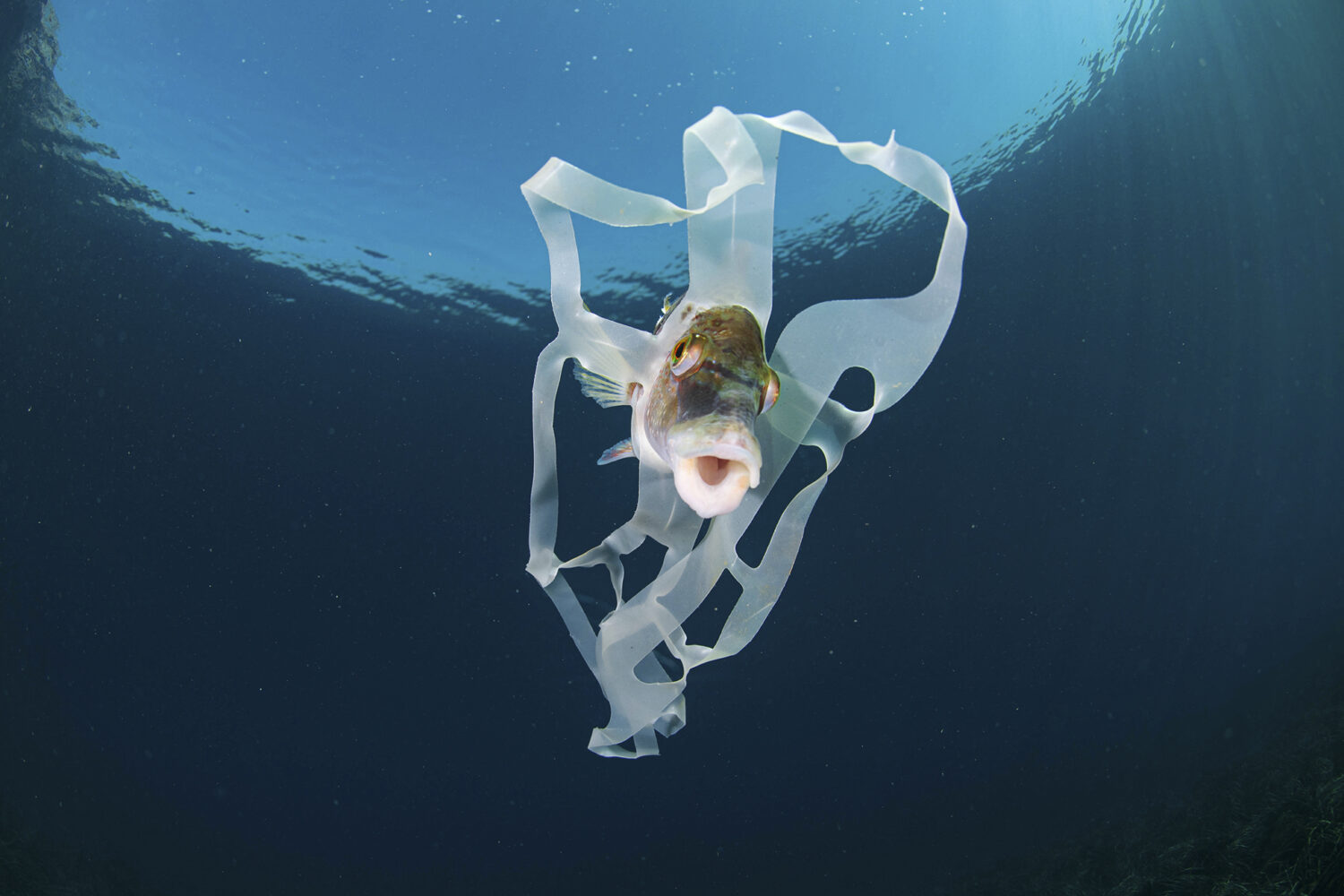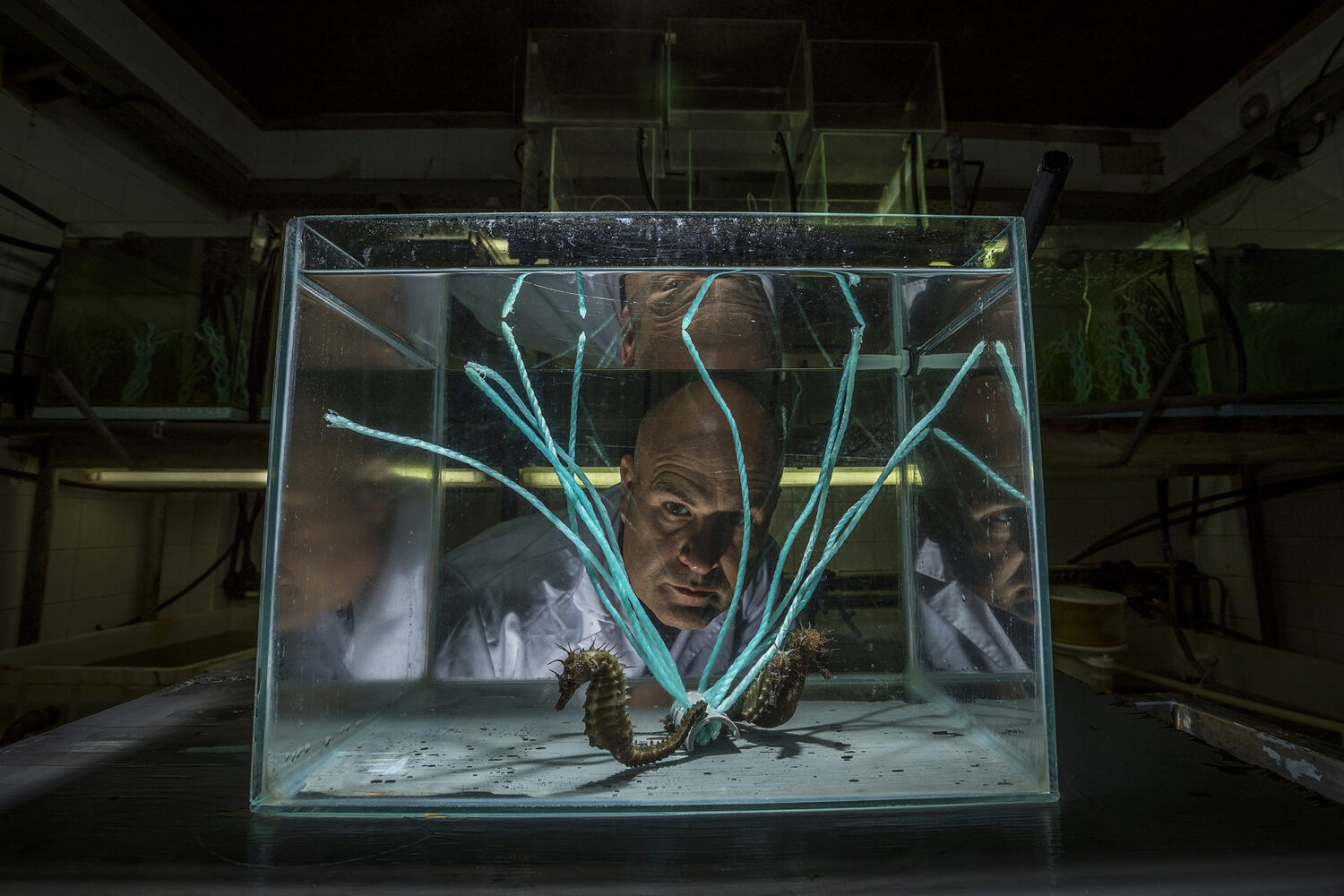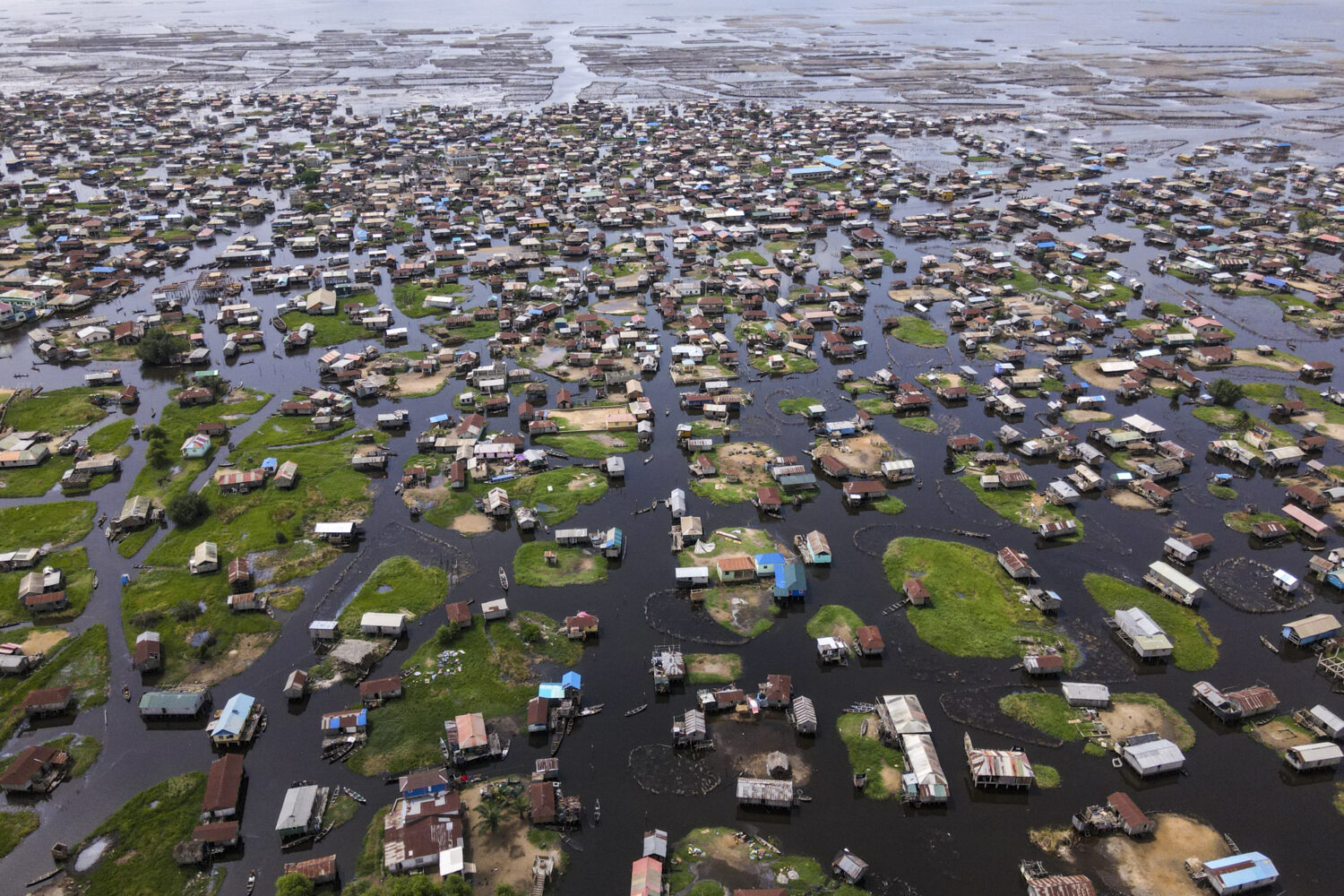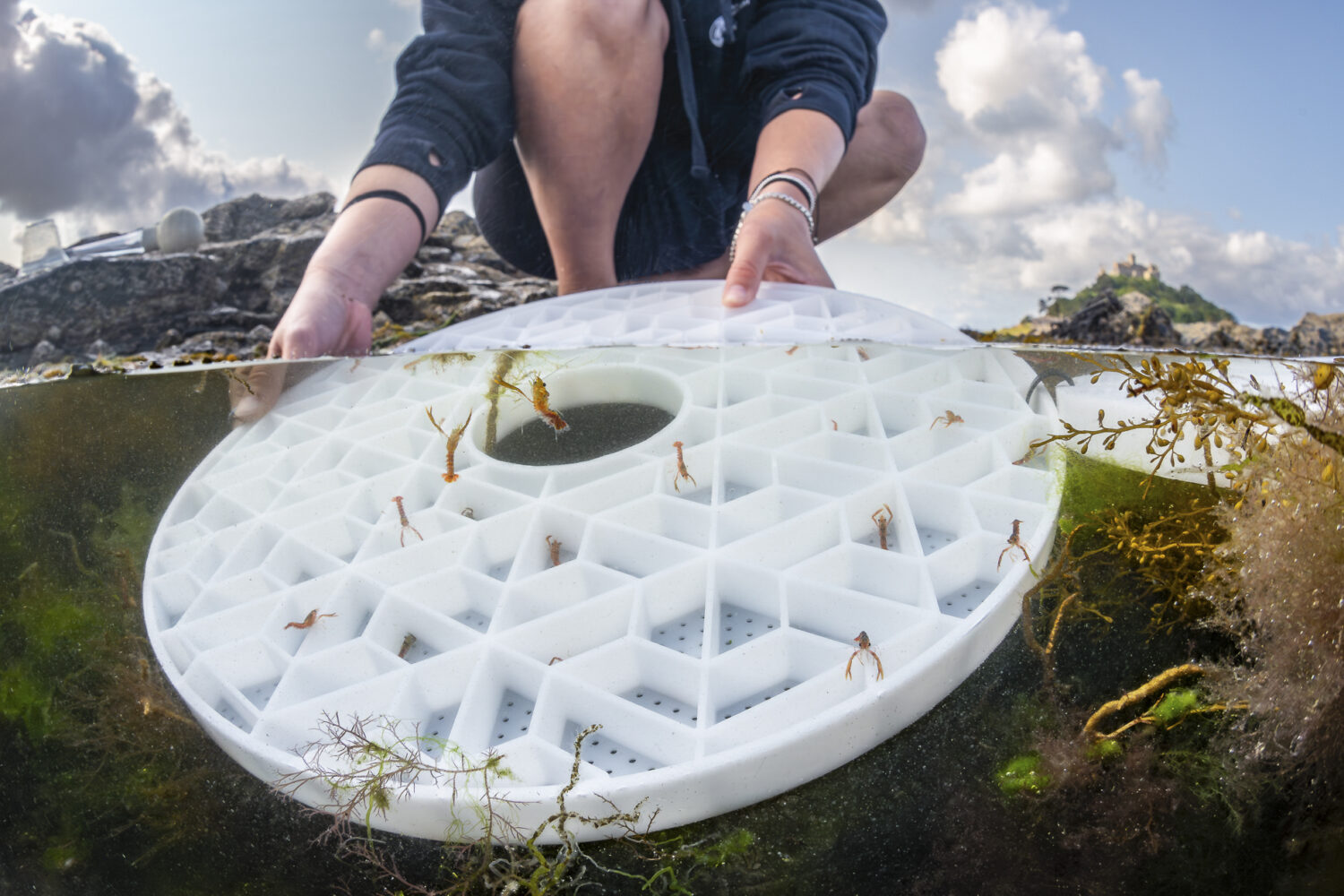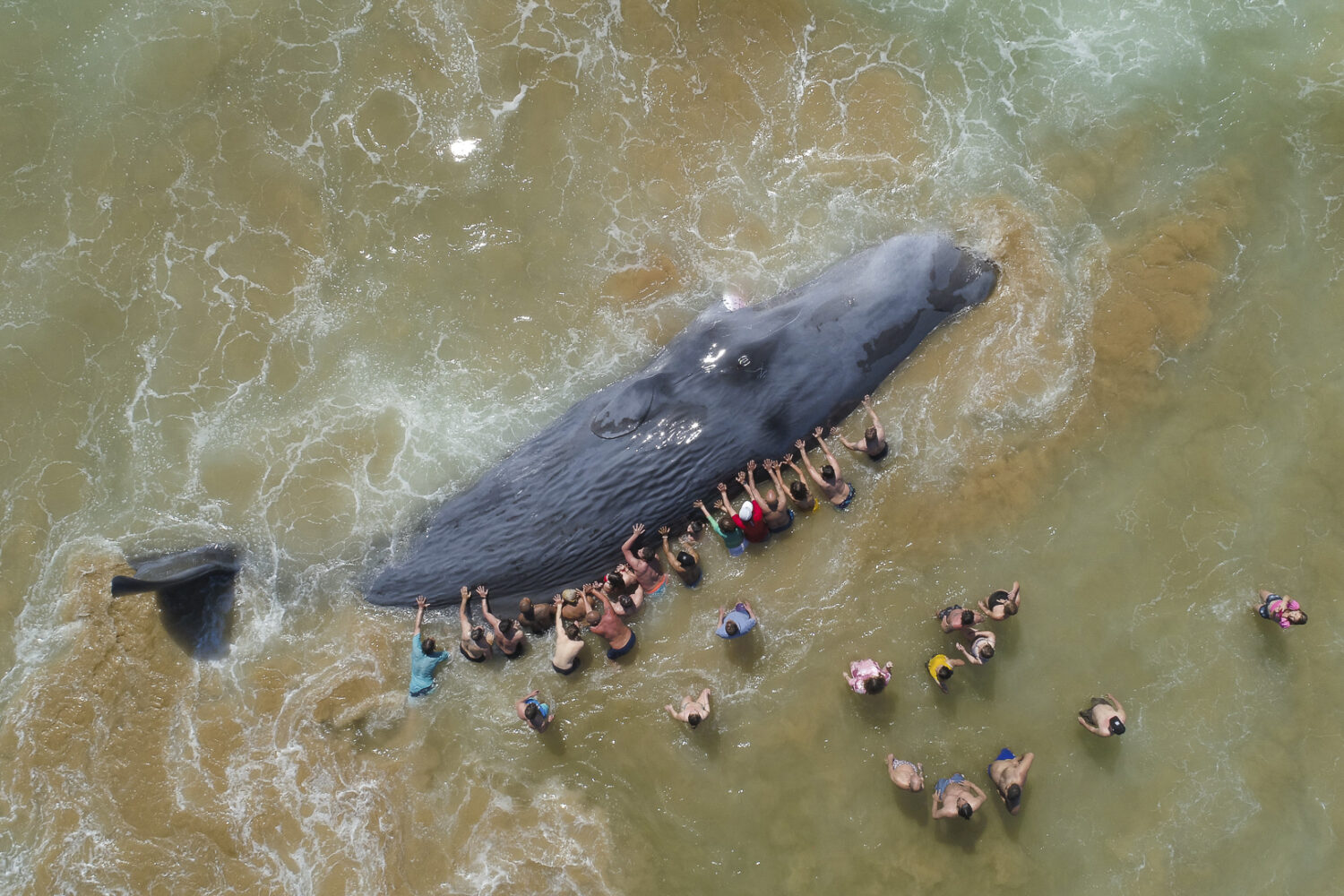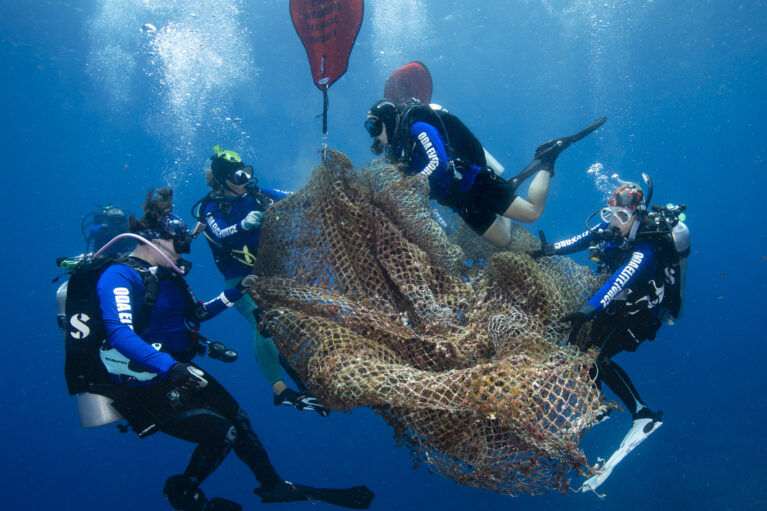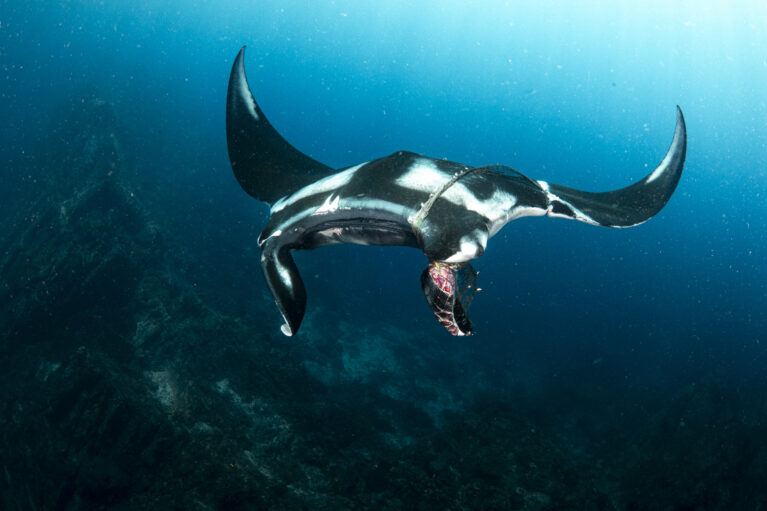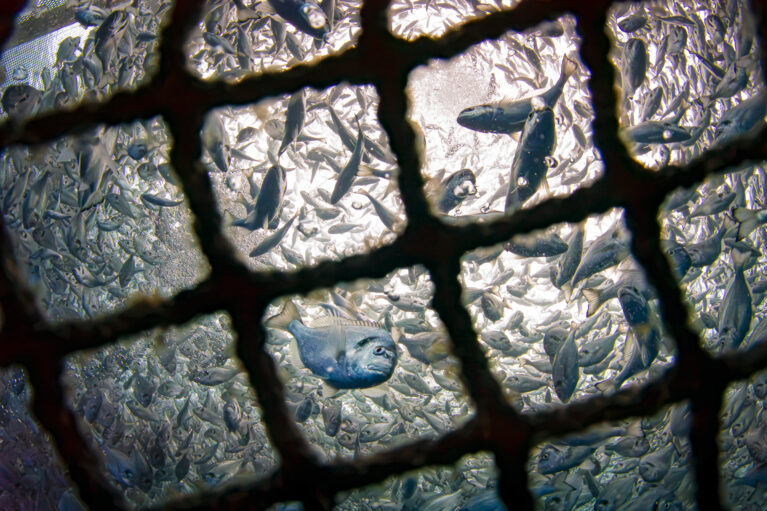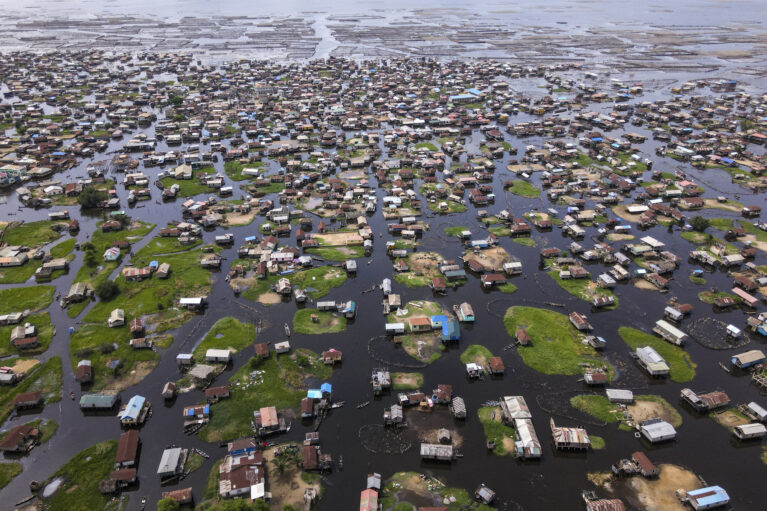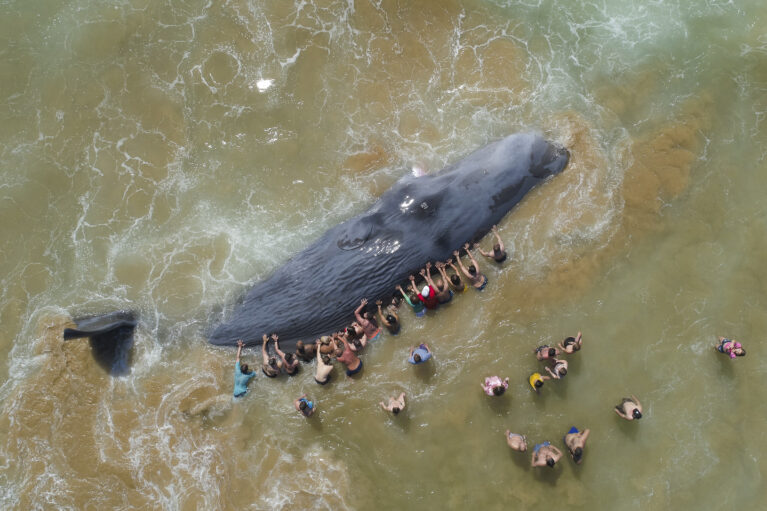Nuno Sá named UPY 2024 Marine Conservation Photographer of the Year
Nuno Sá named 2024 Underwater Photographer of the Year’s Save Our Seas Foundation Marine Conservation category
It’s the storytellers who connect most of us to the ocean in ways we otherwise could not access, bringing to the surface many of its secrets. And among the myriad writers, speakers, presenters and videographers who have brought the oceans ashore for us over the past decades, it’s the underwater photographers who are best able to freeze moments fleeting even to divers. A single image can conjure memories and evoke emotions; photography is, as Aaron Siskind put it, ‘a way of feeling, of touching, of loving. What you have caught on film is captured forever… It remembers little things, long after you have forgotten everything.’
Never has there been such urgency as there is now to remember the reaches of the ocean realm that we’d otherwise ignore or forget: the deep seabeds mined for phosphorous and oil, the silent trawl beds dredged of invertebrate life, the lacklustre corals bleached into insignificance. Just as so much of the excitement and enchantment of the ocean lie out of sight, there is a danger, too, that the threats to it lie out of mind. It is for this reason that the Save Our Seas Foundation (SOSF) was keen to partner with the Underwater Photographer of the Year competition and create the Marine Conservation Photographer category. ‘Our oceans face a whole suite of challenges that leave their future uncertain’, says SOSF CEO Dr James Lea. ‘We hope that this category can shed light on some of the challenges and solutions in a way that is visually striking, helping to raise the profile of marine conservation issues and connecting them to as broad an audience as possible.’
In the face of a biodiversity crisis and with a rapidly changing climate, telling the ocean’s stories now seems inseparable from the imperative to conserve it. ‘Sadly, but unavoidably, you can’t talk about the ocean without talking about the challenges it faces from human activities,’ agrees Dr Alex Mustard MBE, founder and chair of the jury for the Underwater Photographer of the Year competition. ‘This is our 10th edition of the modern Underwater Photographer of the Year contest and when we look back we find it hard to believe that we didn’t have a conservation category when we started out.’
Winning image, 'Saving Goliath'. Photo © Nuno Sá
Part of telling conservation stories is reportage; photographers can capture a scene that encapsulates an issue and present it as fact in ways that are often more confronting than statistics. Think back to Brian Skerry’s now iconic image of bycatch from a prawn trawl: two cupped hands cradle precious few prawns above a bounty of incidental fish and rays. This kind of image goes beyond truth-telling to deliver a kick to our conscience; it’s the shock of seeing the hidden cost of a prawn cocktail that lasts somewhat longer than the cerebral grasp of statistics. The power of a conservation category is about what it can make people feel. ‘Many people write and tell us it is their favourite category, one that grounds them in reality and allows them to enjoy the precious wonders showcased in the other categories,’ explains Alex. ‘I also think that because the conservation category sits within a broader contest, it has allowed us to choose some powerful and challenging images to feature down the years, knowing that we have many other categories of celebratory images to counterbalance them.’
When it comes to conservation photography and photojournalism, the question is how to hold your audience’s gaze long enough to evoke feeling, and then inspire action. Although photography may very well be a medium that reaches us on an emotional level, we really want to know what good can come from that. In a more immediate sense, what does the Marine Conservation Photographer category contribute to conservation action? ‘What I feel most proud about is that the category has concentrated the very best conservation images and helped put the photographers in touch with conservation charities and organisations that can really put those images to work for good. That is a real win for everyone,’ says Alex.
The SOSF has a long and proud legacy of supporting ocean storytelling and the Marine Conservation Photographer of the Year is part of its ongoing commitment to supporting change makers and fostering a new generation of storytellers in a variety of forms. ‘Storytelling is incredibly important to us at the SOSF, as it helps turn an understanding into a desire to make a difference,’ says James. ‘The Underwater Photographer of the Year competition is a particularly powerful outlet for visually storytelling that we hope can inspire empathy and action, and the necessity to promote and support this in our current conservation climate.’
Runner up, 'Helping hands for Cornwall's lobsters'. Photo © Lewis Jefferies
This year’s winning image, taken by Portuguese photographer Nuno Sá, documents people inspired to action when confronted by a tragedy. ‘Saving Goliath’ was captured on the packed beaches of Costa da Caparica across the river from Lisbon. The outstretched arms and efforts of the beachgoers heaving a stricken sperm whale back out to sea strikes a hopeful chord in us all: if only we were all presented with such an immediate, concrete way to aid an ocean creature. And yet there is such sadness in the sand-churned sea and the sun-dried skin of the whale, the viewer knows without reading the caption that this particular story ends sorrowfully for this whale.
In increasingly busy oceans, a largely under-reported number of whales (and dolphins, turtles and other marine life) are killed by ship strike every year. Shipping traffic increases by about 3% annually and the International Whaling Commission is collecting information to identify hotspots where shipping lanes and whales collide. The idea is to apply a number of measures to try and mitigate strikes: designating marine protected areas in high whale-traffic areas; closing certain areas to shipping when whales may be passing through on migration; and designing smart hydrophone systems that will alert ships (and marine mammal ecologists) to the whereabouts of travelling whales in real time, enabling vessels to re-route or dodge collisions. In the interim, the evidence of our encroaching human footprint on the ocean occasionally washes ashore, like this sperm whale, to confront us with our complicity and remind us of our responsibility.
Competition judge Peter Rowlands had this to say about the image: ‘This isn’t supposed to be an easy category to view, but this has a pleasing element visually that created a feeling of confidence. Until I read the caption and found that all that hope and all that effort, from both sides, came to nought. It’s sad, so sad, but it works on several levels.’ There is a truth to his words; a conservation category can, by its nature, be very distressing. Alex, though, has a different take on the image. ‘Although the sperm whale in Nuno Sá’s winning image was already mortally wounded, I find the fact that ordinary beachgoers were trying to help it very uplifting. It shows me that the public do care about conserving the ocean and the great creatures that live there. I was also really pleased that Lewis Jefferies’ second placed photo is both an eye-catching composition and tells the story of a positive conservation action in re-wilding the seas.’
Third, 'Very bad luck'. Photo © Francisco Javier Murcia Requena
While telling conservation stories often means confronting distressing issues, Alex is a first-hand witness to the balance of images entered into, and selected from, the SOSF Marine Conservation Photographer category. ‘We were really pleased to see both the number and quality of entries increase again this year,’ he says. ‘Certainly, this is owing to the support of the Save Our Seas Foundation, which allows free entry and provides prizes. But I also think that more photographers are realising that they can use their talents as a real positive force and are wanting to create marine conservation imagery. I was also pleased to see an increase in the number of pictures that are trying to tell a positive conservation success story being entered.’ And he speaks of the balance struck between reality and optimism, the fine line of ensuring that audiences are both made aware and inspired. ‘It is perhaps harder for photographers to make a positive conservation image stand out in the contest because the nature of negative images is that they are emotionally powerful. But we are keen to have both featured, when merited by the quality of imagery. We won’t shy away from images that are tough to look at, but there is also no doubt that, with the world facing so many environmental issues, we all need an uplifting image. We need to see people and projects that are really making a difference.’
You can view the images and find out a little more about the stories behind them here.
You can view the winning images from the 2024 Underwater Photographer of the Year awards here.



